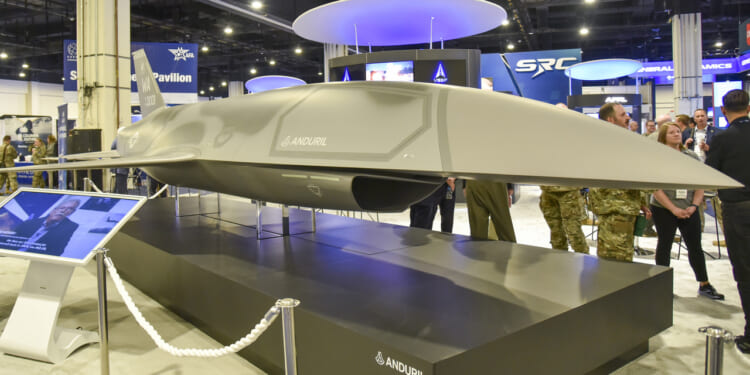The timely introduction of these top-notch programs is essential for U.S. national security interests.
Following the recent joint American-Philippine-Japanese naval drills in the Pacific, the United States is clearly gearing up for potential kinetic conflict in the South China Sea in the near future. Tensions between Beijing and Washington have been on an upward spiral for years, marking the need to introduce more lethal and advanced military systems all around. The race to field the world’s first sixth-generation platforms is ongoing for both the United States and the People’s Republic of China (PRC). In an effort to maintain aerial supremacy, the U.S. Air Force is banking on a host of upcoming programs, all expected to blow competitors out of the water. From the Next-Generation Air Dominance (NGAD) program and the introduction of the related Collaborative Combat Aircraft to the B-21 stealth bomber, the service’s engineers are quite busy. However, the timely introduction of these top-notch programs is essential for U.S. national security interests.
NGAD
A major milestone has been made in the Air Force’s NGAD process. The F-47 sixth-generation fighter jet was awarded to Boeing last month following a tough competition between all the big-name manufacturers. In February, proposed engines from GE Aerospace and RTX’s Pratt & Whitney also were selected to move forward in their respective design phases, another huge feat for the program. As detailed by Secretary of the Air Force Frank Kendall, the F-47 will primarily serve as an “F-22-like long-range air superiority focused aircraft,” excelling in power projection and capable of outperforming even the most advanced near-peers. NGAD has been in the works (officially) since 2014, initially derived from the Defense Advanced Research Agency’s Air Dominance study. While specific details pertaining to the platform’s specs and capabilities remain highly classified, the F-47 is expected to feature emerging technologies in terms of propulsion, advanced weapons, and stealth.
Collaborative Combat Aircraft
The F-47 fighter will serve as the manned component of NGAD, accompanied by a slew of Collaborative Combat Aircraft (CCAs) which are currently under development by the Air Force as well. These sophisticated unmanned aerial vehicles (UAVs) will ensure the overall “family of systems” will be as lethal as possible. Tasked with flying alongside the manned sixth-generation fighter jets, the CCAs will serve as loyal wingman drones. Since these CCAs will be astronomically cheaper to produce than the F-47s, Kendall plans to create mass using an abundance of these drones. The Air Force secretary detailed that “The expectation is that these (unmanned) aircraft can be designed to be less survivable and less capable, but still bring an awful lot to the fight in a mixture that the enemy has a very hard time sorting out and dealing with.”
B-21 Raider
Northop Grumman may be out of the race when it comes to the F-47, but the leading manufacturing giant remains busy continuing to develop the B-21 “Raider” stealth bomber. Able to carry both nuclear and conventional payloads with minimal visibility, the Raider will serve as an indispensable component to America’s air-based nuclear deterrent strategy once in service. The Raider’s expected ability to take out China’s anti-access/area-denial (A2/AD) capabilities will particularly bode well for the United States if a full-blown war emerges.
About the Author: Maya Carlin
Maya Carlin, National Security Writer with The National Interest, is an analyst with the Center for Security Policy and a former Anna Sobol Levy Fellow at IDC Herzliya in Israel. She has by-lines in many publications, including The National Interest, Jerusalem Post, and Times of Israel. You can follow her on Twitter: @MayaCarlin. Carlin has over 1,000 articles published over the last several years on various defense issues.
Image: DVIDS.















